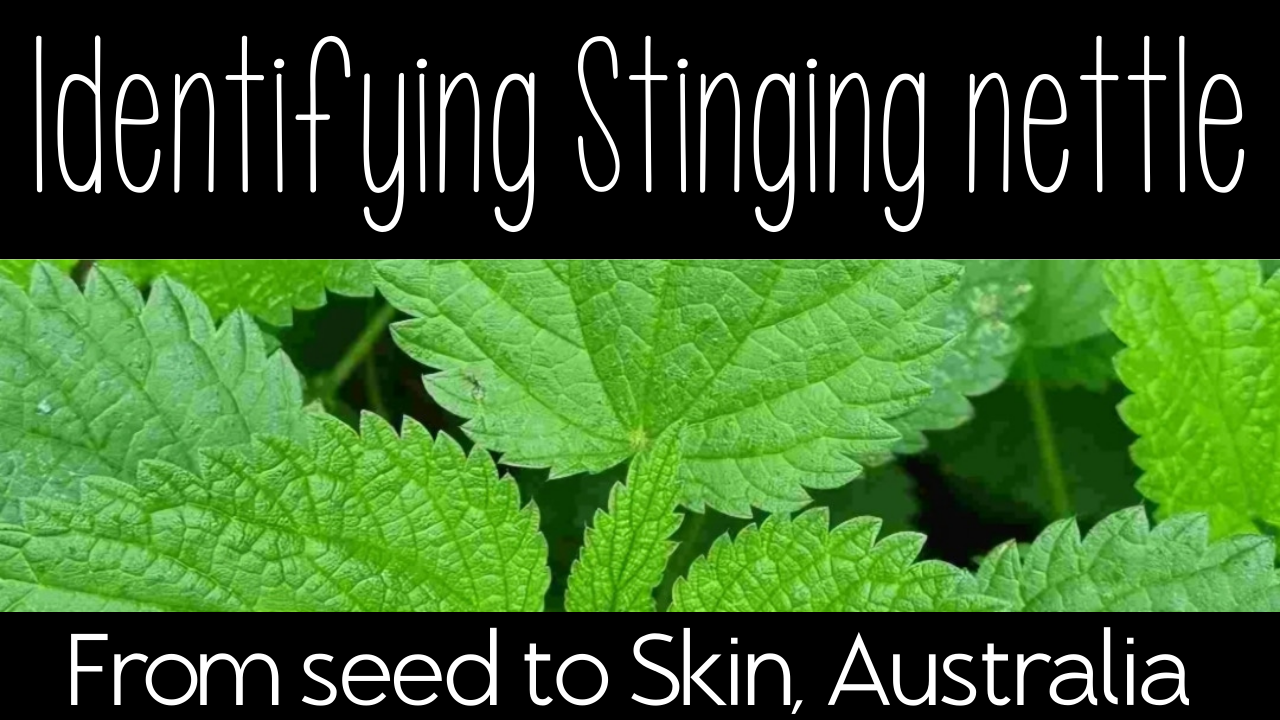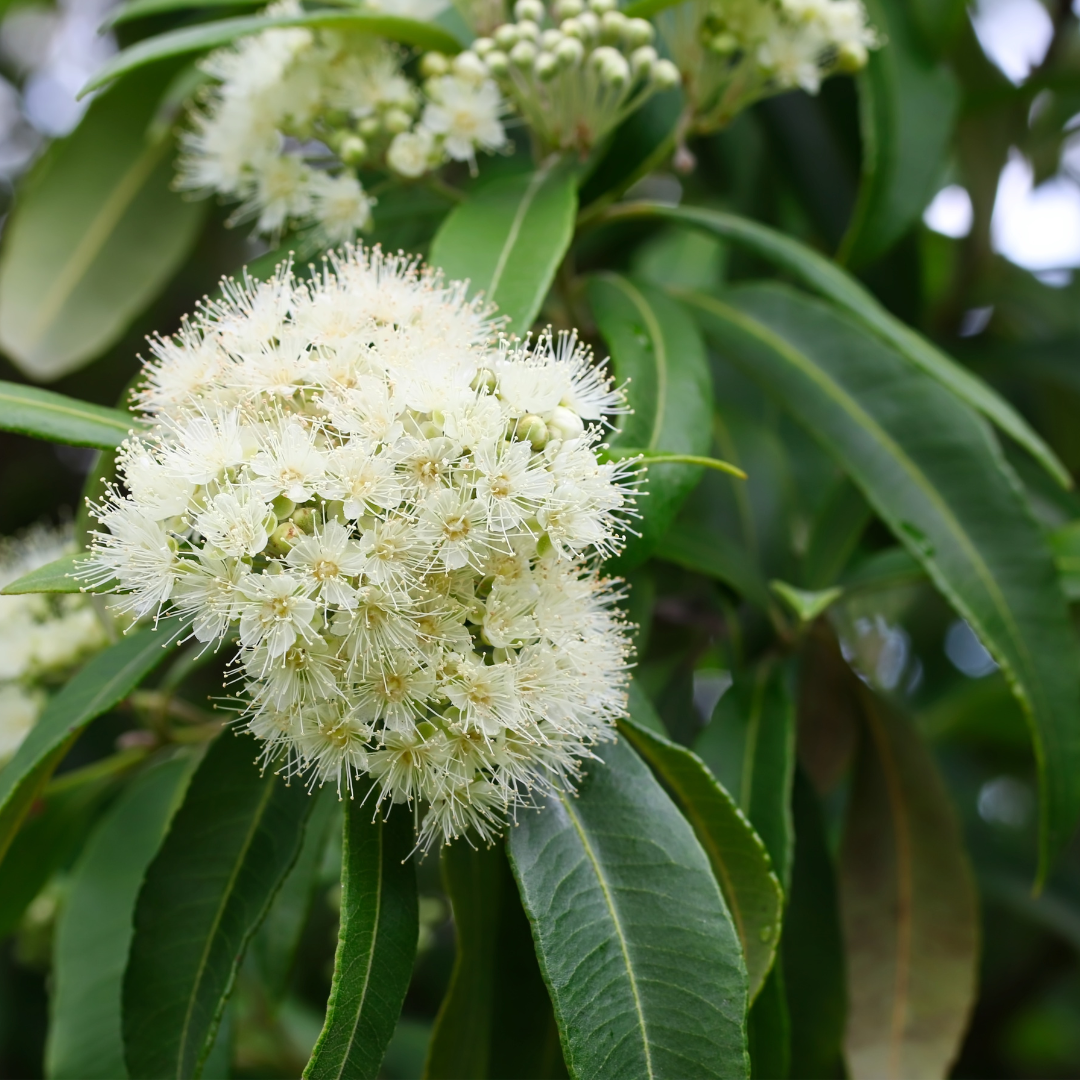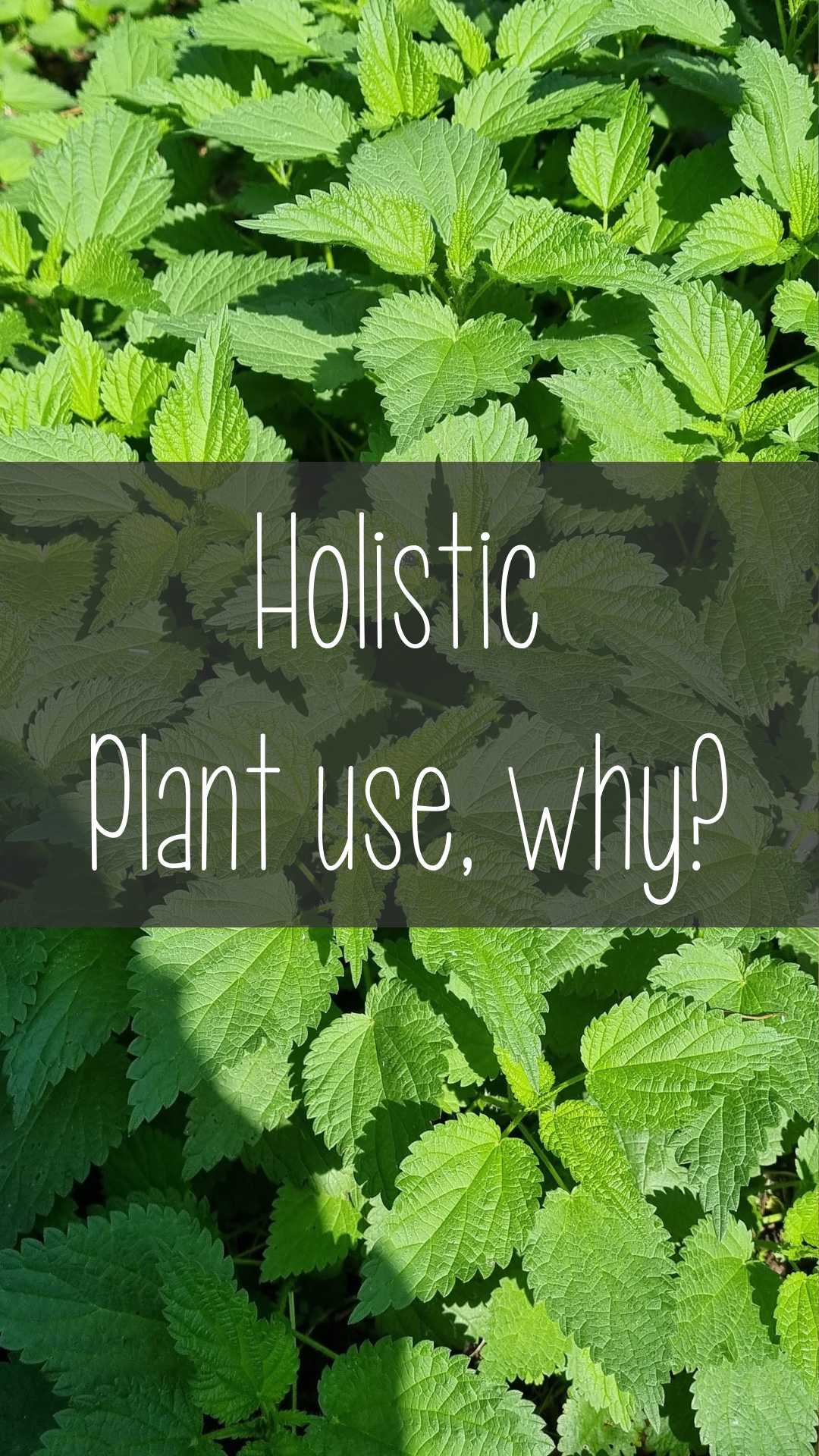Stinging nettle - how to grow, harvest & Identify

Whatch our video about drying Stinging nettle
What we use stinging nettle in Face creams & Toner for Pimples
Planting method for stinging nettle rhizomes:
- **Choose the Right Location:** Select a suitable location for planting stinging nettle rhizomes. They prefer moist, rich soil and partial shade but can tolerate full sun. Ensure there's enough space for the plants to spread, as they can become invasive if not managed properly.
- **Prepare the Soil:** Loosen the soil to a depth of about 10cm and remove any weeds or debris. Stinging nettle prefers soil with good drainage and high organic matter content. If your soil is poor, consider amending it with compost or well-rotted manure to improve fertility.
- **Planting:** Stinging nettle rhizomes can be planted directly in the soil or in containers. If planting in the soil, dig a hole that's slightly larger than the rhizome and place it in the hole horizontally, with the buds facing upward. Space the rhizomes about 30cm apart to allow for adequate growth.
- **Watering:** After planting, water the rhizomes thoroughly to settle the soil and ensure good root contact. Keep the soil consistently moist but not waterlogged, especially during the establishment phase. Once established, stinging nettle is fairly drought-tolerant but will benefit from regular watering during dry periods.
- **Maintenance:** Stinging nettle is a hardy perennial that requires minimal maintenance once established. Keep the area around the plants free of weeds to reduce competition for nutrients and water. Mulching around the base of the plants can help retain moisture and suppress weed growth. Additionally, consider dividing the rhizomes every few years to prevent overcrowding and maintain plant vigor.
- **Harvesting:** Depending on your intended use, you can harvest stinging nettle leaves and stems throughout the growing season. Use gloves to protect your hands from the stinging hairs, and harvest young, tender shoots for the best flavor and texture. Avoid harvesting from plants that have flowered or going to seed as they contain to much calcium carbonate.
- **Purchase Rhizomes:** If you're ready to start growing your own stinging nettle, you can purchase rhizomes from us. Our rhizomes are sourced from high-quality, organic stock and are guaranteed to produce healthy, vigorous plants. Simply visit our website or contact us on kay@saarinenorganics.com to place your order and start enjoying the benefits of fresh stinging nettle in your garden!
We grow the native species here on our Permaculture farm
Urtica incisa, commonly known as scrub nettle or scrub stinging nettle, is a species of flowering plant in the Urticaceae family. It is native to Australia, where it is found in various habitats, including woodlands, forests, and scrubland, particularly in coastal regions and along waterways.
Botanical Description:
- Growth Habit: Urtica incisa is a perennial herbaceous plant that grows upright, reaching heights of up to 1.5 meters (5 feet).
- Stem: The stems are slender, erect, and covered with stinging hairs that release an irritant when touched.
- Leaves: The leaves are opposite, lanceolate to ovate in shape, and have serrated margins. They are typically dark green in color and have a rough texture due to the presence of stinging hairs.
- Flowers: The flowers of Urtica incisa are small, greenish-white, and arranged in dense clusters called inflorescences. They are borne in the leaf axils and bloom from spring to summer.
- Fruit: After flowering, Urtica incisa produces small, greenish-brown fruits containing seeds.
Urtica incisa is similar in appearance to other species of nettles and is often found growing in dense patches. Like other members of the Urtica genus, it possesses stinging hairs that can cause skin irritation upon contact. Despite its prickly nature, Urtica incisa has been used by Indigenous Australians for various medicinal and cultural purposes.
As a native species, Urtica incisa plays a role in its ecosystem by providing habitat and food for insects and other wildlife. Its presence in natural habitats contributes to the biodiversity and ecological balance of Australian ecosystems.




Comments